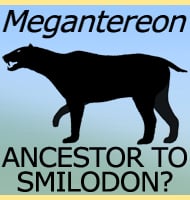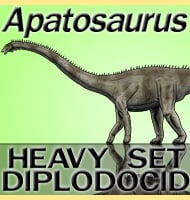In Depth
Although currently known from only a lower jaw Aetodactylus is believed to represent an ornithocheirid pterosaur, and as such it is only the second of its type to have been discovered in North America. The pointed teeth of Aetodactylus are pointed and evenly arranged into pairs, the first of which project forwards. This likely allowed Aetodactylus to get a better grip of fish. Also the teeth were larger at the front of the mouth and steadily decreasing in size towards the rear. Pits in the lower jaw have been interpreted as housing for the upper jaw teeth, although they do no run the entire length of the lower jaw. While it is still unknown if Aetodactylus had a head crest, it has been confirmed to not have a lower jaw crest. This makes Aetodactylus a little bit different from related pterosaurs such as Ornithocheirus.
The fact that Aetodactylus represents a toothed pterosaur from the Cenomanian is seen as proof that the North American pterosaurs of the late Cretaceous were not just of the toothless variety like the famous Pteranodon. This confirmed diversity amongst North American pterosaurs has heralded new interest from researchers with some setting out with the focus for pterosaur remains.
Further Reading
– A new ornithocheirid pterosaur from the Upper Cretaceous (Cenomanian–Turonian) Eagle Ford Group of Texas. – Journal of Vertebrate Paleontology. 30 (1): 280–287. – Timothy S. Myers – 2010.









